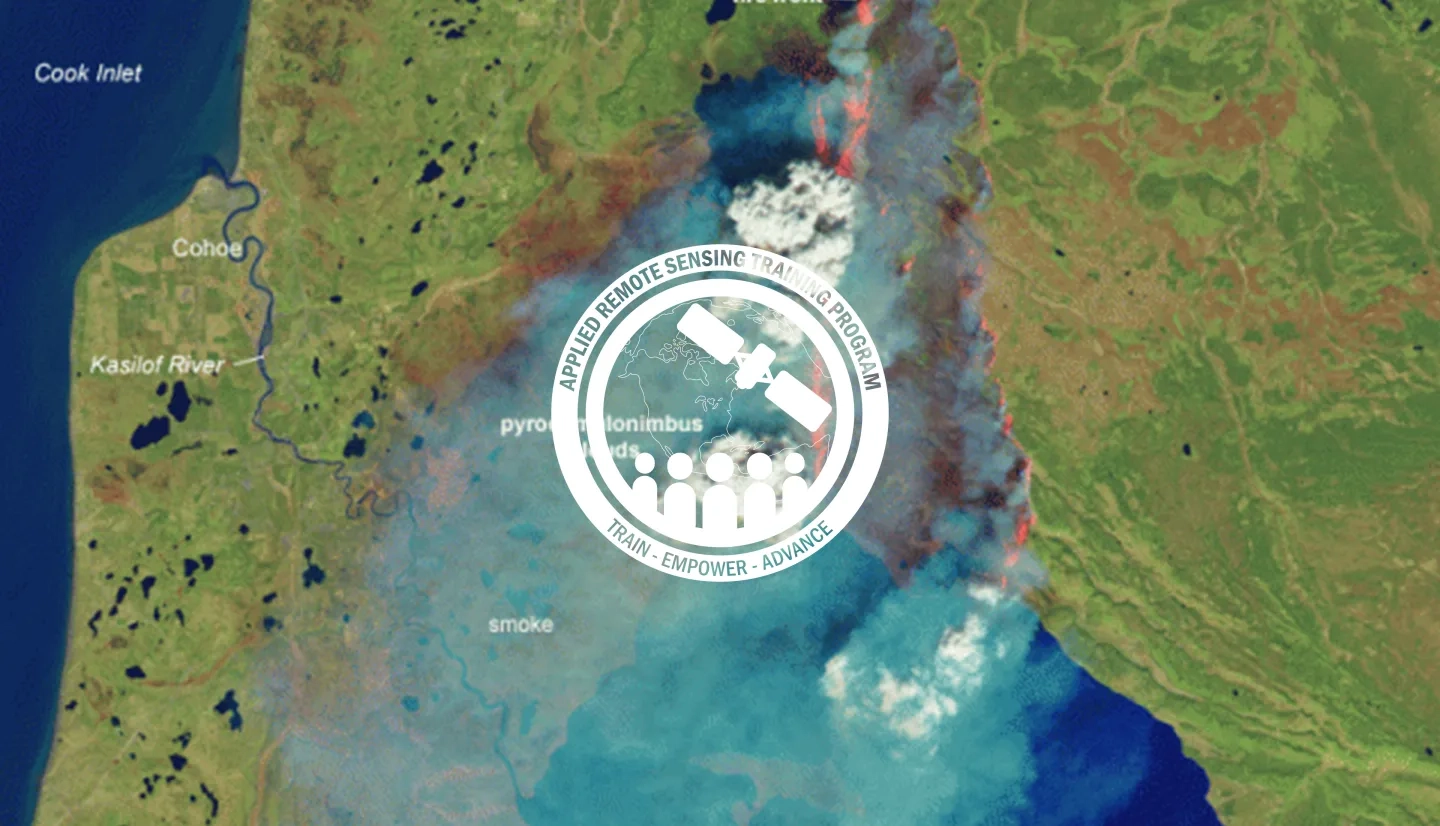Description
March 31, 2015 - April 28, 2015
This webinar series provides a basic overview of remote sensing tools for accessing and visualizing NASA Earth science data relevant to wildfires and case study applications for utilizing tools for pre- and post-burn wildfire conditions.
By the end of this training, attendees will be able to:
- Access and visualize NASA data for wildfire applications
This course is intended for land managers at the local, state and federal level, NGOs, international management agencies and private sector organizations.
- Five 1-hour sessions
An overview of the NASA Applied Science Program and ARSET, an outline of the course, overview of global wildfire issues, how remote sensing is used for wildfires, advantages and disadvantages of remote sensing, and the fundamentals of remote sensing (spatial, temporal, spectral resolution).
An overview of satellite data processing levels, satellites and sensors for wildfire applications (Landsat, MODIS, MERRA, SMAP), satellite data products and tools for data access for national and global wildfire applications (LANDFIRE, FIRMS, global fire maps, Worldview), and a demonstration of FIRMS MODIS active fires.
An overview of remote sensing indices (NDVI, NBR), post-fire planning (BAER), and a demonstration of the RECOVER Decision Support System featuring guest speaker Keith Weber (Idaho State University).
An overview of UAS and aircraft systems featuring guest speaker Dale Hamilton (Northwest Nazarene University) and an overview of SMAP.
An overview of data access, tools, and recent terrain data releases featuring guest speakers Lindsey Harriman and Kelly Lemig (Land Processes Distributive Active Archive Center - LP DAAC).



